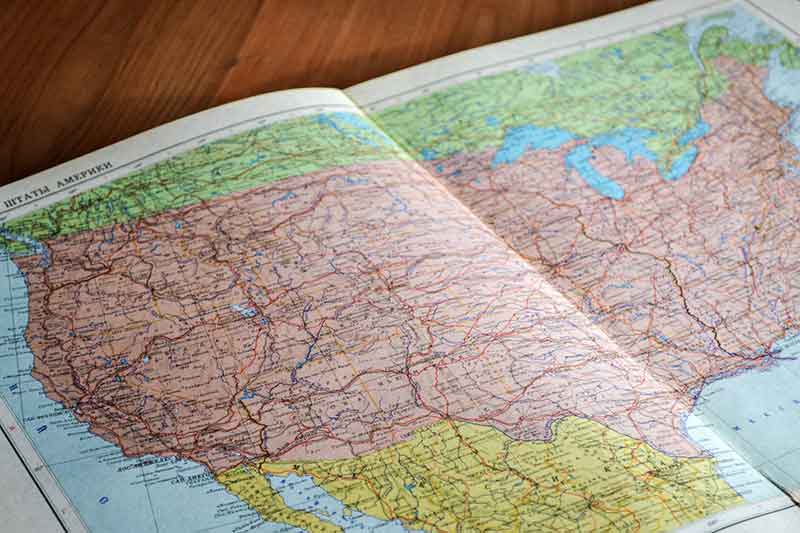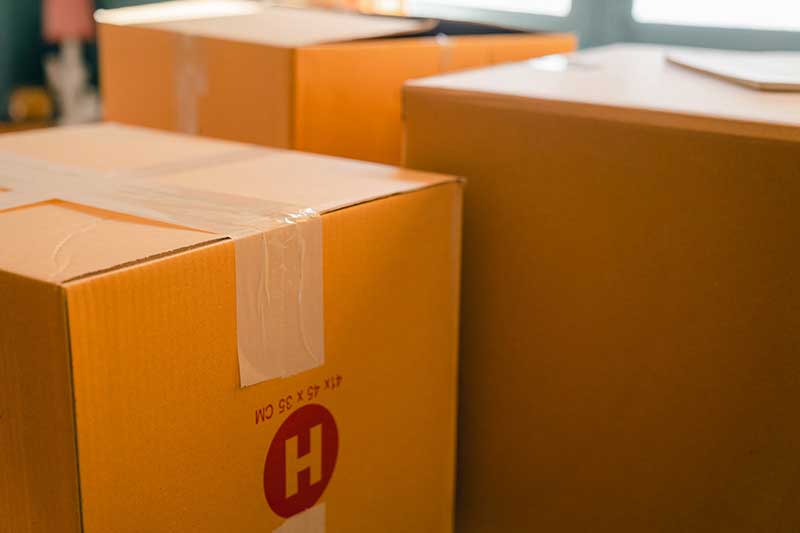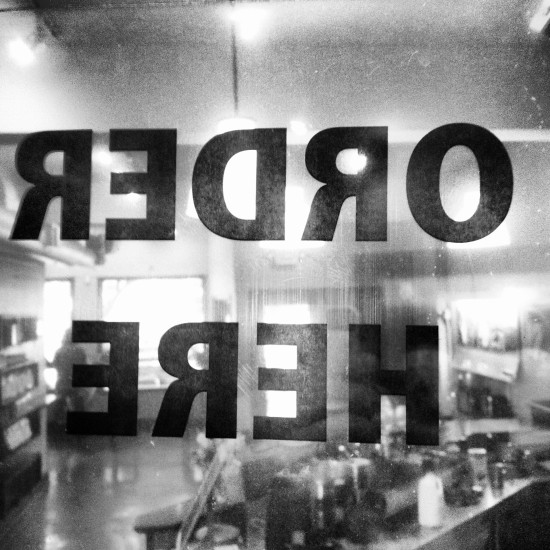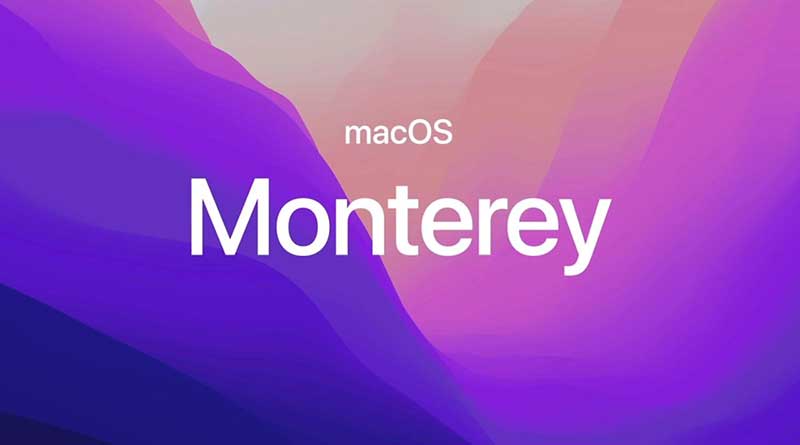Restrict WooCommerce Shipping Calculator to Specific Countries and States

Here is how you can restrict specific Countries and States in WooCommerce Shipping Calculator, so a user can only select from what is available. Countries The Countries field is handled inside WooCommerce General Settings. Change the ‘Selling Location’ to ‘Sell…
How to make both City and Postcode fields required in WooCommerce Shipping Calculator

Both the City and Postcode/ZIP fields in the WooCommerce Shipping Calculator are not compulsory for the user to fill in, you may need them mandatory for a better user experience to calculate certain shipping conditions. Both the Suburb and Postcode…
Change the Additional Information Placeholder Text field in WooCommerce

You can change the WooCommerce Additional Information placeholder text field in the checkout page with the woocommerce_checkout_fields filter. Use it in your themes functions.php file like so… add_filter( ‘woocommerce_checkout_fields’ , ‘wpb_custom_additional_info’ ); // Change placeholder text in Additional Notes function…
Minimum System Requirements for macOS Monterey 12, can your Mac run it?

Find out if your Apple computer meets the minimum system requirements of the latest operating system, macOS Monterey 12, can your Mac run it. Apple have announced their latest operating system in June 2021 and named it macOS Monterey, which…
Find out how many inodes you are using on a hard disk or in a directory?

Inodes are like pseudo files that manage the metadata about the actual files and folders on the filing system, they don’t have any data in them. Most hosting plans have a limitation on inodes – so you need to know…
Add WooCommerce Action Hook via Shortcode

Some WordPresss WooCommerce templates provided by themes or page builders may not include all the WooCommerce action hooks which may hinder your woo development as you add in more Woo featured, luckily it is possible to add in Woo hooks…
Make a whole container a clickable link in Bricks Builder

To add a link to a whole container element in a Bricks Builder layout you need to use some jQuery to add the link tag markup to make the whole container clickable. There needs to be 1 link already within…
Increase the Upload Size for MySQL Database in cPanel with phpMyAdmin

cPanel/WHM Server imposes a limit on the size of importing a WordPress MySQL database that can be imported into phpMyAdmin. The default size is 50MB which is set in the cPanel/WHM settings. You can change the settings either in cPanel or…
How to make your SSH Terminal shell sessions last longer on macOS

If you find that your SSH shell sessions to remote computers are timing out too quickly with the error “Write failed: Broken pipe”, you can make a simple configuration to keep these sessions going as long as you have your…
How to Find & Delete Files in Directory by Modification Date in Linux

How to find and delete files in a Linux directory based on when the file had been modified from a certain amount of days ago – this can be useful for dealing with directories with copious amounts of files like…

